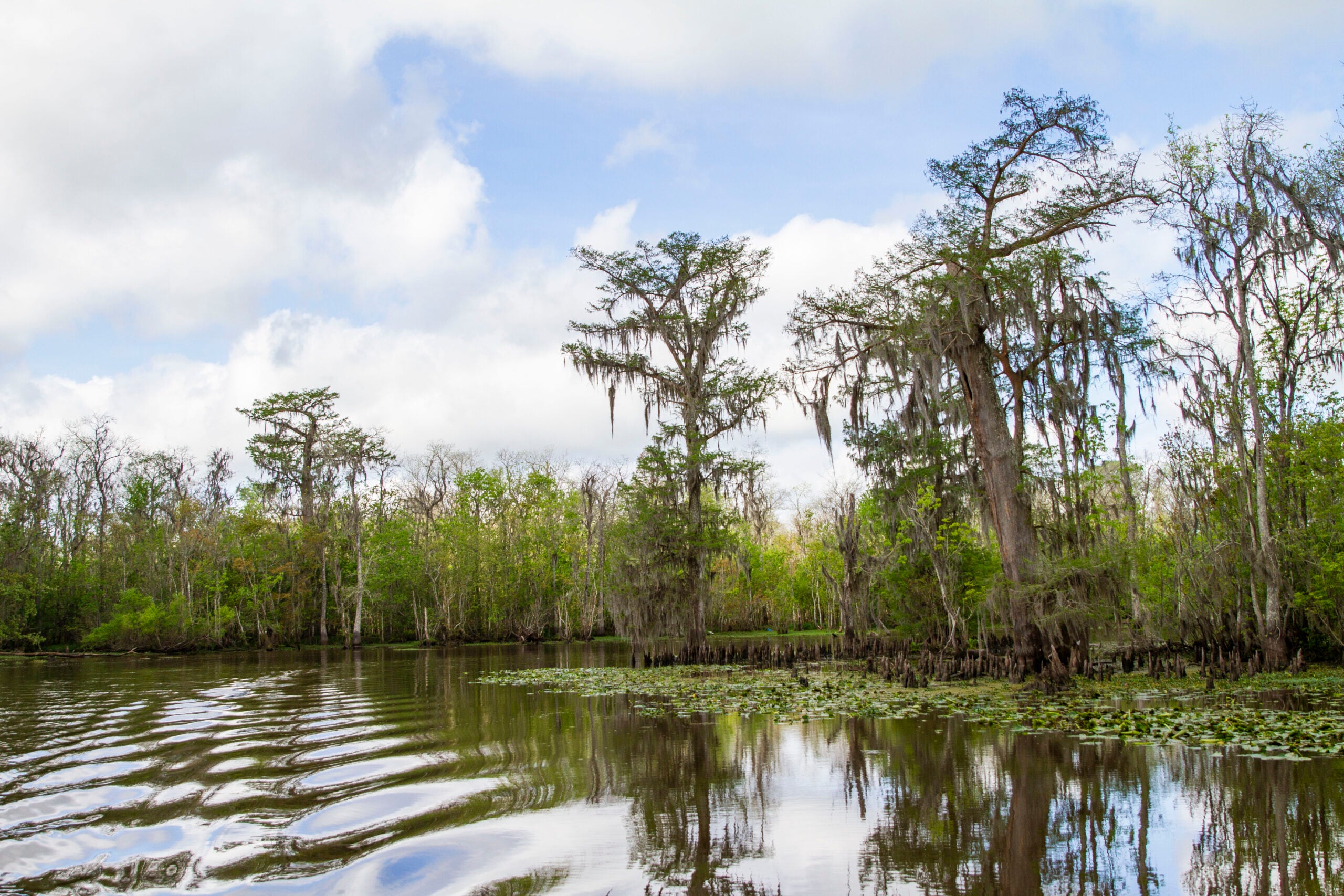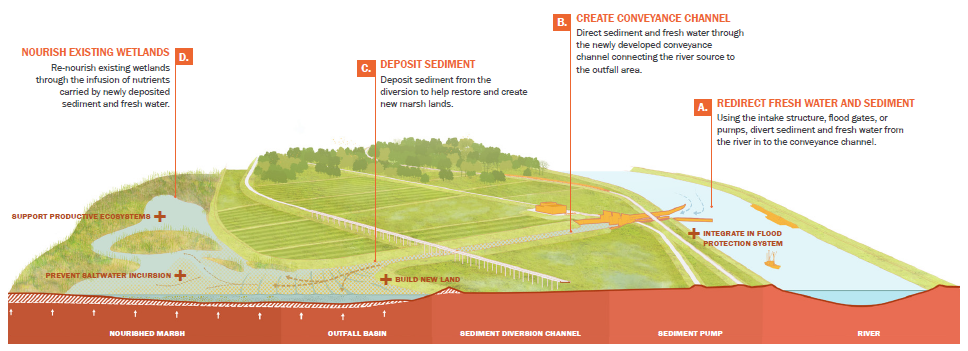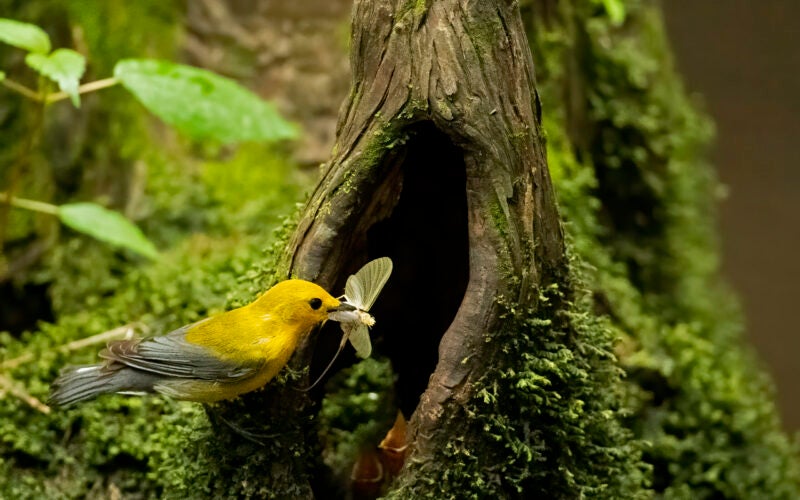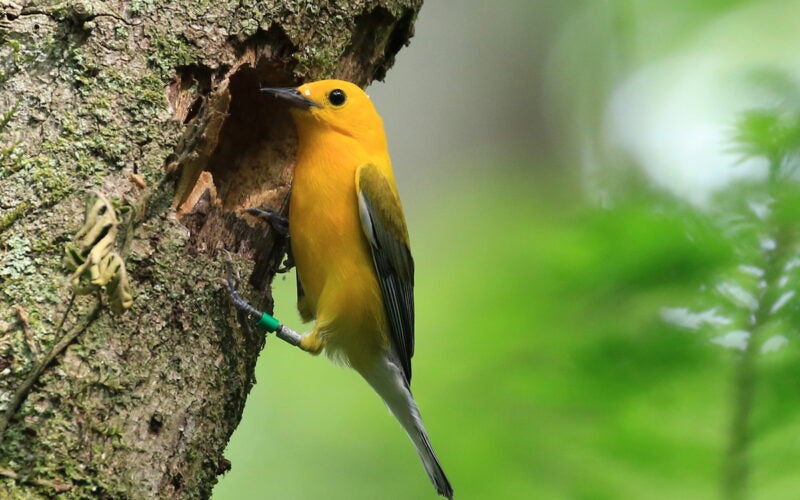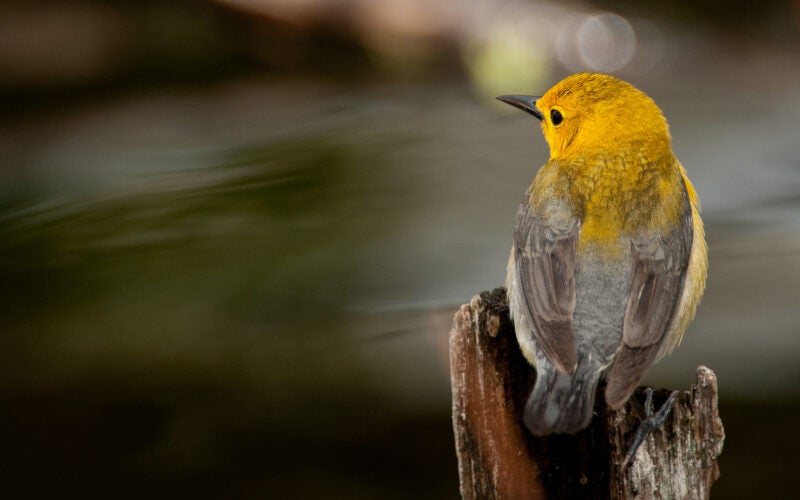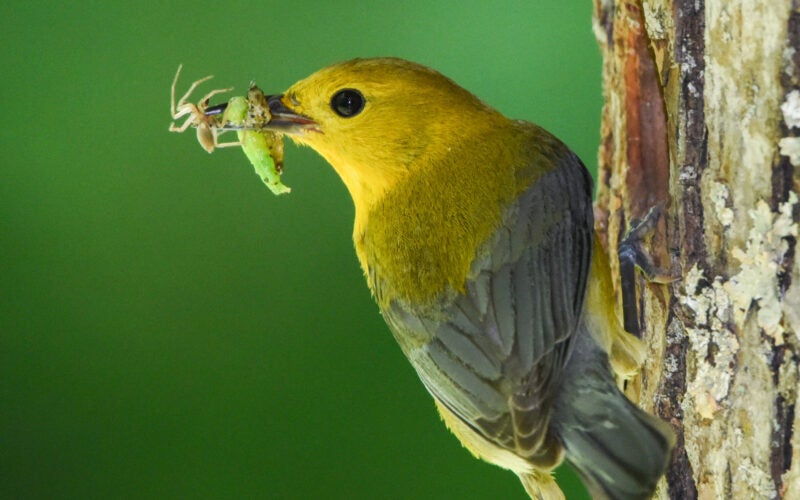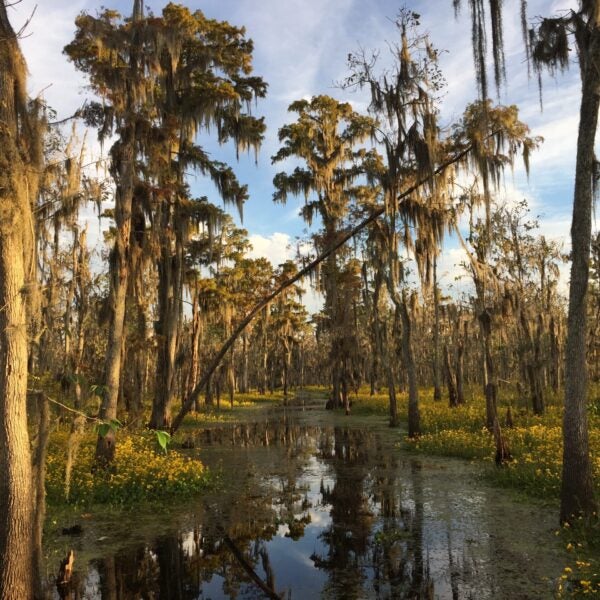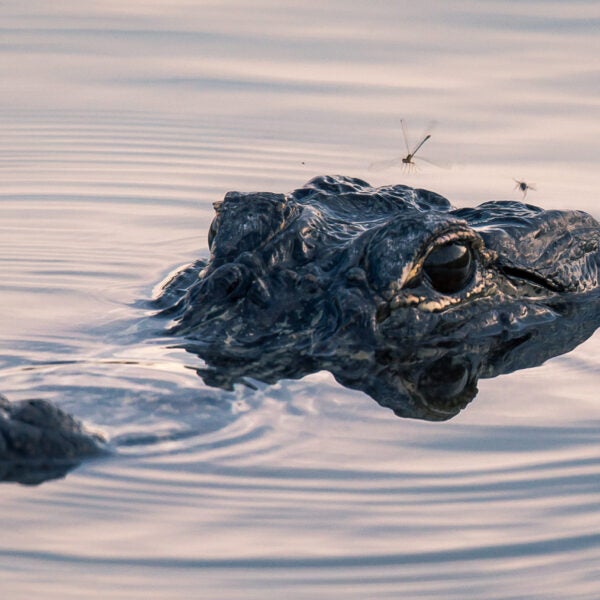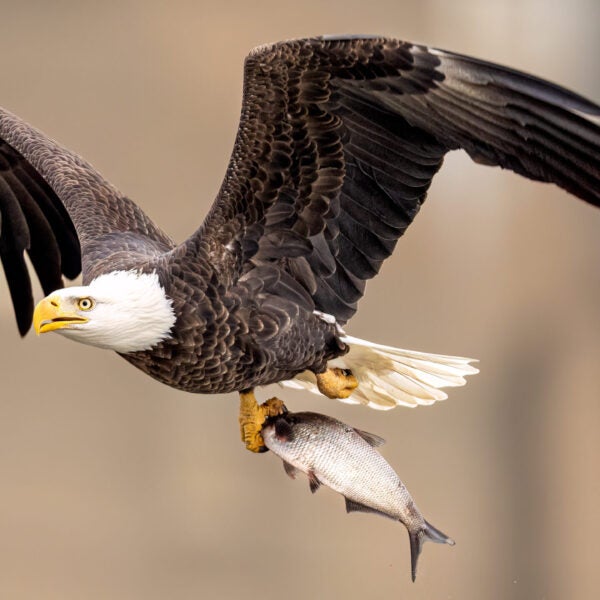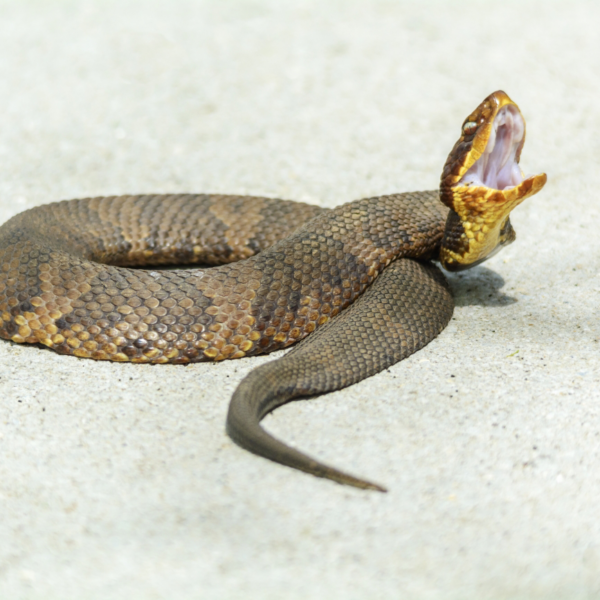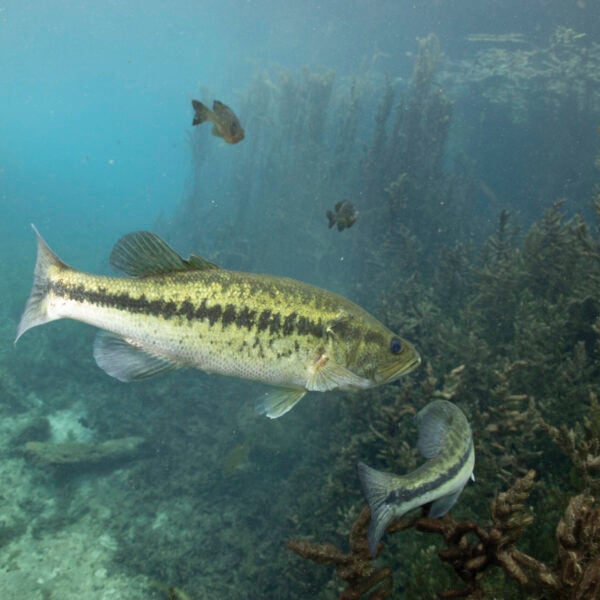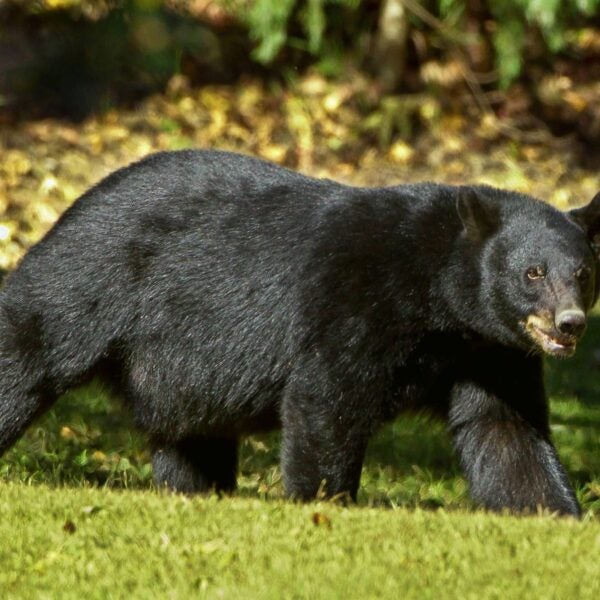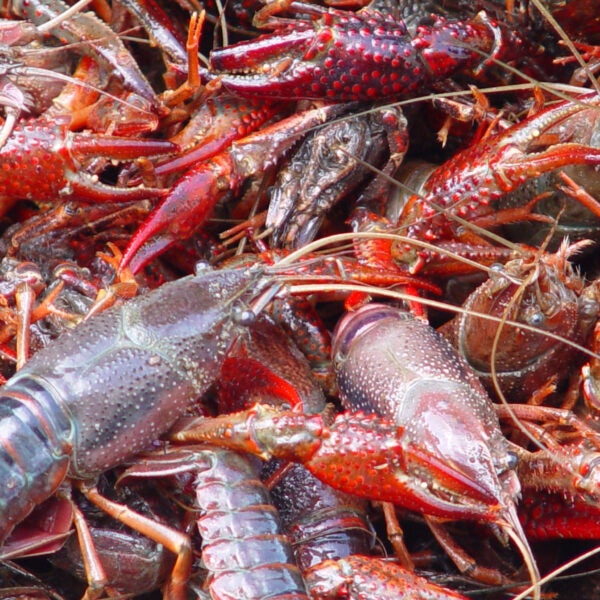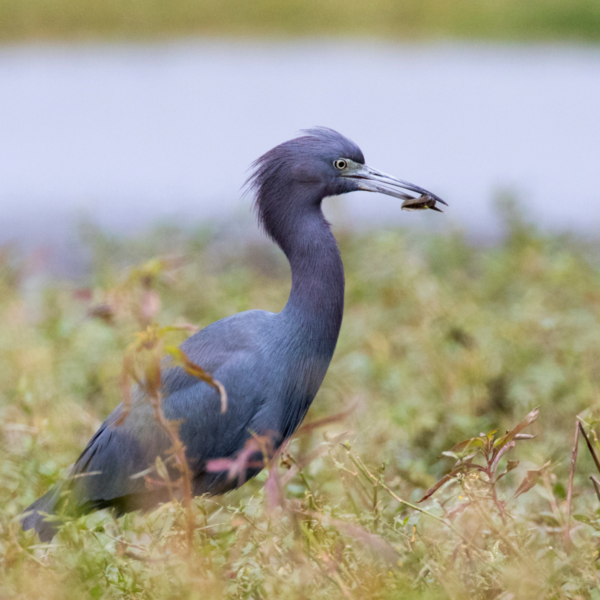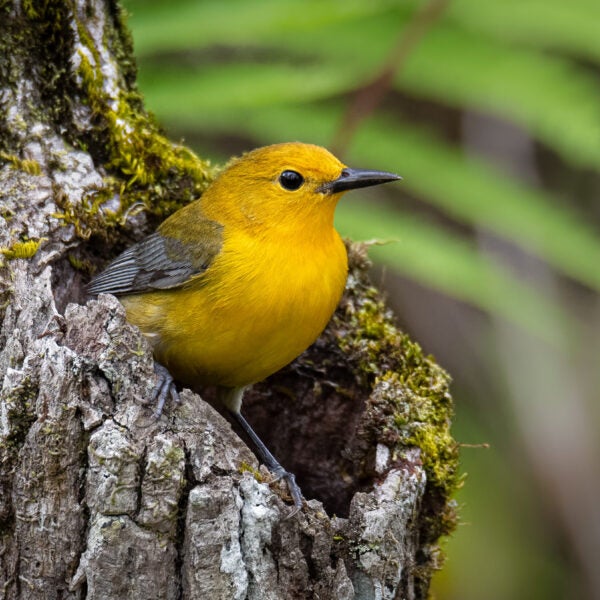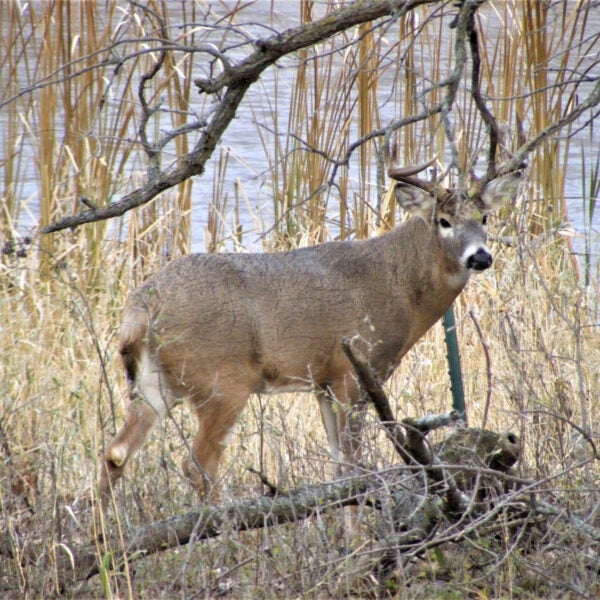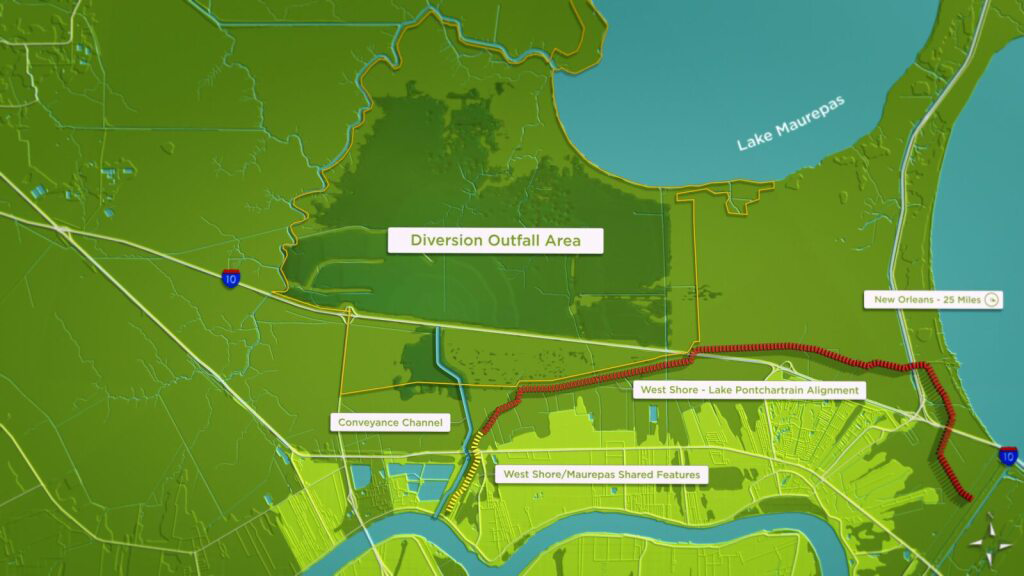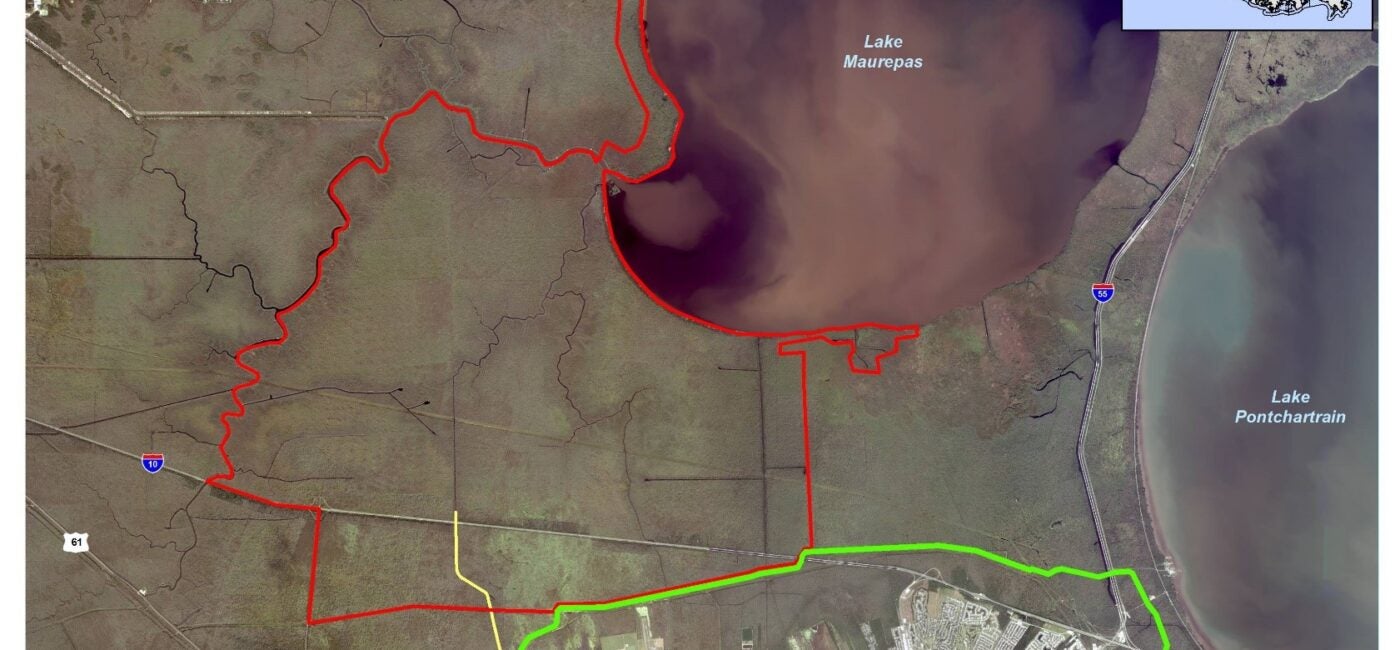Construction of Reach 6 is ongoing. Design is being finalized for the remaining reaches.
Fresh Water Diversion
River Reintroduction into Maurepas Swamp
This diversion, near Garyville, will provide fresh water and nutrients to existing wetlands in Maurepas Swamp. Dominated by bald cypress and water tupelo trees, the Maurepas Swamp complex is one of the largest forested wetlands in the nation. However, levees constructed along the river have isolated the area from spring floods and the vital fresh water, nutrients and sediment they bring. This isolation, coupled with rising salinities throughout the Pontchartrain Basin while the MRGO was open, has left the swamp in a state of rapid decline – trees are dying, and young trees are not growing to replace them. The River Reintroduction into Maurepas Swamp project will benefit the swamp by reconnecting it with the river, minimizing further wetland loss and the conversion of swamps to marshes, as well as improving swamp hydrology, tree health and crucial wildlife habitat. The fine-grain sediment may also increase elevation to a point where there are periods without inundation so that seeds can germinate, perpetuating the forest into the future.
